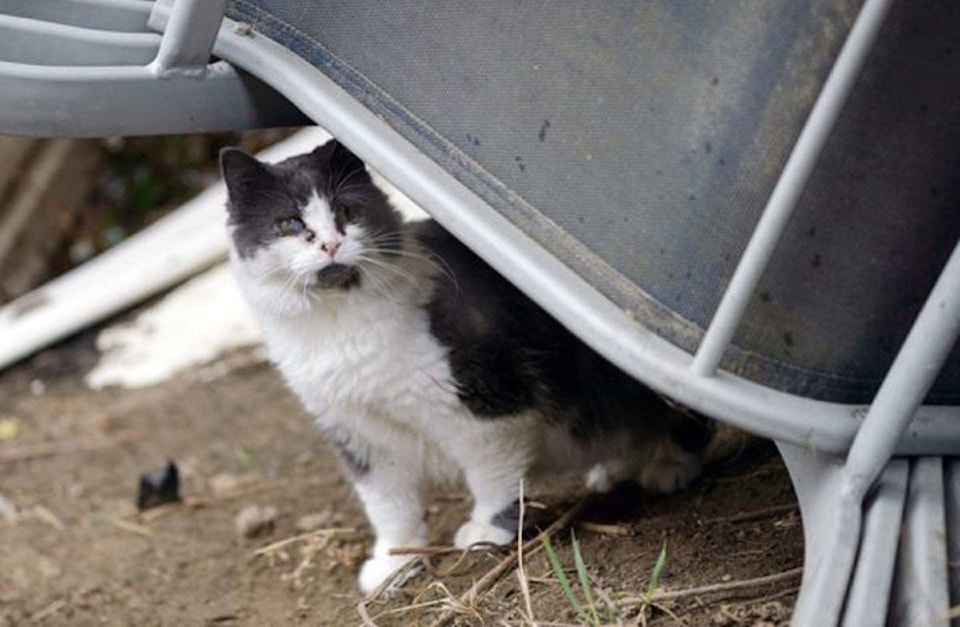Even though stray and community cats feel at home outside, they can struggle through the winter months to find enough food, water and shelter.
If you are feeding an unsocialized outdoor cat, here are some steps you can take to help them stay warm and safe as the temperatures drop.
Build a shelter:
A little do-it-yourself can go a long way. By building a feral cat shelter, cats can escape the wind, snow and rain.
This simple, low-cost solution that uses plastic totes provides a place for cats to stay warm and avoid frostbite.
RELATED: B.C. SPCA reminds public to travel safely with pets this summer.
Ensure access to food and water:
Water sources and wet food can freeze over in winter. When you put out water for them, check it twice daily to make sure it hasn’t frozen over.
Choose dry kibble and ceramic or plastic dishes. The dishes should be placed near but not inside shelters in case they get spilled. Damp bedding just makes it colder for cats.
Tap your car:
Keep in mind that in the winter months, outdoor cats, strays and ferals may see your car as a warm refuge. Before starting your vehicle, ‘think and thump‘ – tap/thump the hood and check between the tires to make sure there are no cats hiding underneath or in the engine compartment.
Spay and neuter:
Trap-neuter-return (TNR) doesn’t just help a feral cat colony dwindle in size, it also improves the health and well-being of each cat. Reducing their desire to roam is beneficial for their safety and, with decreased competition for mating, cats are less likely to suffer from injuries.
Contact your local SPCA or cat rescue for advice on how to humanely and safely trap a feral cat. They may even have a trap loan or TNR program to assist you.
Tens of thousands of cats and kittens live outdoors in B.C., suffering from illness, injuries, starvation, frostbite and predator attacks.
Using the TNR method is just one of the ways the B.C. SPCA is working to help tackle the cat overpopulation crisis.
@MapleRidgeNews
newsroom@mapleridgenews.com
Like us on Facebook and follow us on Twitter
